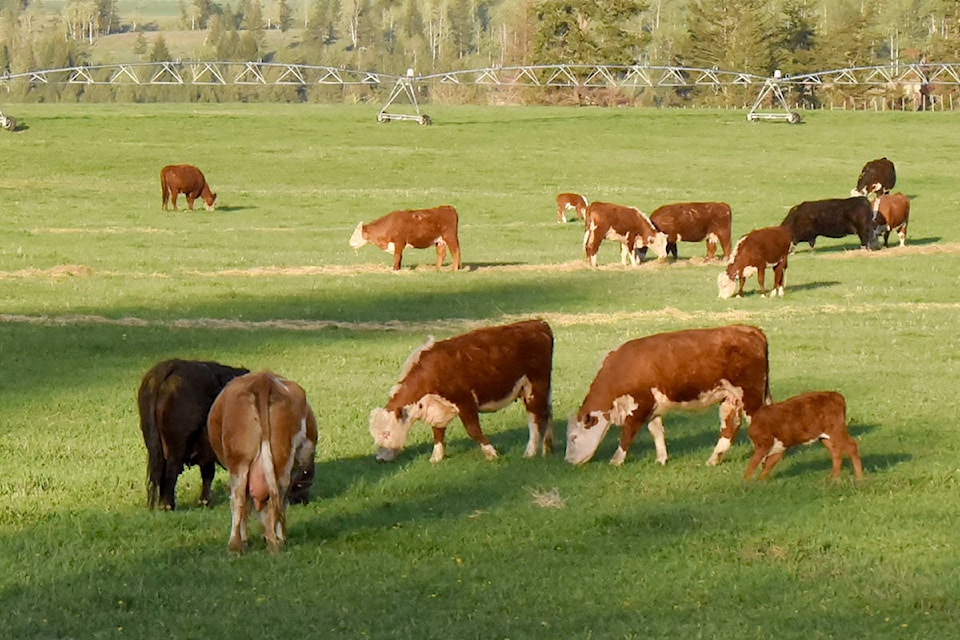Cattleman Richard Lorenz was looking to expand his herd this year, partly to help his newly married son get a better foothold in the family business.
Those plans are now in jeopardy because of a spring and summer that brought plenty of heat but little rain.
“Our silage crop is hurting really bad. It’s burning up on us,” said Lorenz, who breeds 150 cattle in the Markerville area.
“It’s going to be a fraction — 50 per cent maybe of what we had last year. It’s not good,” said Lorenz, who sits on Red Deer County council.
“We were hoping to expand the herd. Now, we’re probably looking at not expanding the herd because the feed costs are most likely going to be too great.
“We’ll cull the herd harder than we have before.”
Poor hay crop prospects have a snowball effect in the inter-connected world of agriculture.
Lack of good hay means a lot of the leftover feed from last year has been used up. If crops remain poor that means many producers will have to buy feed on the market, where the rules of supply and demand inevitably drive up prices.
Reducing the number of bovine mouths to feed reduces costs, but even then harsh economic realities punish livestock producers. Since many producers are facing the same feed issues, cattle buyers are scarce, which also drives down prices.
“It is a double-edged sword,” said Lorenz.
There is hope on the horizon. Weather conditions and farming fortunes can change quickly.
The first hay crop is coming off now and the second hay crop could be much better, he said.
“Once this first cut comes off, if we could get some rain and moisture it could turn around.”
Rain would help pastures, meaning ranchers can keep their livestock grazing longer, helping the feed situation.
“So, it isn’t all doom and gloom. A timely rain, for sure, would change that a lot.”
Alberta Agriculture crop specialist Mark Cutts said poor hay crops are widespread.
“In general, in Central Alberta we’re seeing that yields are down from average,” he said from the Alberta Ag Info Centre in Stettler.
“We can relate to the fact we had some very warm temperatures in May and didn’t have a lot of precipitation.
“That combination of events has really had an impact on hay yields. Anything from half of two-thirds of crop are some of the numbers I’ve been hearing.
“It definitely could be a concern looking forward.”
Cutts said the lack of production so far could be largely made up if conditions improve later in the summer.
“I don’t know if any producers are at the stage now where they’re starting to try to hunt down hay just in case they’re going to be short.
“They maybe waiting to see what happens with the second cut and assess where their feed needs are at that point in time.”
Some farmers may also have the option of turning barley or oats into green feed or silage.
Decision on how to manage feed for the upcoming winter will be made in the next couple of months, he said.
Final word goes to Lorenz, who has been in the cattle business for long enough to know there is always a way.
“I think us ranchers are going to be coming up with some very innovative ideas to cut corners and try to keep the costs down so we can make a dollar at it.”
pcowley@reddeeradvocate.com
Like us on Facebook and follow us on Twitter
